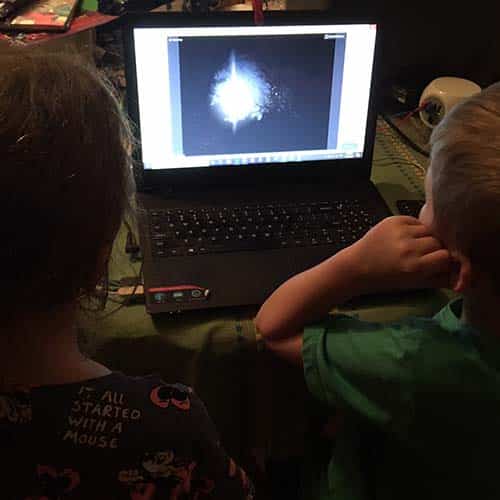One of the questions I’ve been asked over the past few weeks is ‘How can you engage my remote learners?’. Fair question! As schools & organisations come to grips with distance learning on mass, inevitably questions have been raised about how to ensure virtual classes deliver real learning opportunities.
Virtual classes; going beyond the vanity metrics
It can be easy to quote a large number of people ‘signed up’ for a virtual class, but how does that accurately reflect the level of true engagement? As you are well aware, just because a learner is signed up to a virtual class does not mean that they are actively taking part. I’ve watched my own kids take part in external virtual classes and have seen them flick between multiple tabs on their browser that I know have nothing to do with the virtual program that they have signed up for! It is very easy for a learner to be ‘signed in’ but in reality not really present in the moment. It is our job as distance educators to avoid this scenario at all costs.
True engagement in virtual/online lessons is based on measurable outcomes
- How is each participant actually contributing to the discussion? Can you measure this?
- What do the participants actually get to do?
- Are the communication channels in place for participants to use that follow best practices online child safety?
- Are there pre-class resources to use?
- Are there follow up resources to use?
- Are there synchronous and asynchronous learning opportunities within the live lesson?
- Is there time for lesson reflection and feedback?

Kids involved in the Global Supermoon party held on April 8, 2020
One of the best ways to tell that your online lesson is working is by the rich feedback you get from each participant. You can tell this is happening via a number of ways:
- The participants are all actively asking questions and giving answers via moderators in the virtual class.
- You can see through polling that all of the participants are answering your questions through polling.
- All of the participants have signed on to your learning management system and have completed the tasks set before and after the virtual class.
- All of the participants have submitted follow up reflections and asked additional questions via text or video following the virtual class.
- The participants are engaged in thoughtful discussion within break out rooms during the virtual classes. The discussions produce real outcomes that are then presented to the entire class.
- In a safe online environment, you can see over video that the participants are clearly engaged in running their own experiments or hands-on activities in their room. You truly tell that this is working when your voice almost becomes a distraction for the participants whilst they carry out their activity... this means that they are truly engaged in the learning!
There are many platforms that will help you achieve this, you just know where to look. We have been running distance learning programs for many years and have a series of virtual lesson training modules available should you wish to explore this further. We also have over 40 live interactive classes for schools & organisations as well!
The widespread use of web conferencing and live stream technologies offer an awesome opportunity for organisations to help learners globally. However, it is essential that these lessons are presented effectively, as otherwise there is a potential for remote learners to become disengaged and sceptical of future online classes due them having been involved in too many ‘talking head’ programs. Now is the time to look closely at how your planned virtual classes are constructed. Make them fun, make the interactive, make them multi-modal in nature. The more interactive layers that you can incorporate, the more your remote participants will enjoy your virtual classes and ultimately they will engage further in all manner of distance education, regardless of the organisation that provides it.
Happy teaching,

























Comments